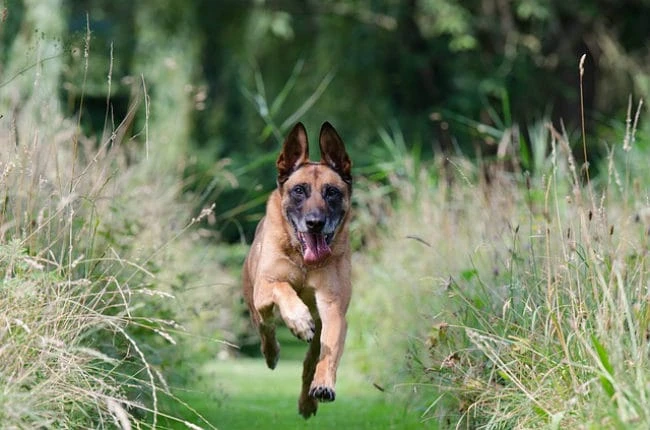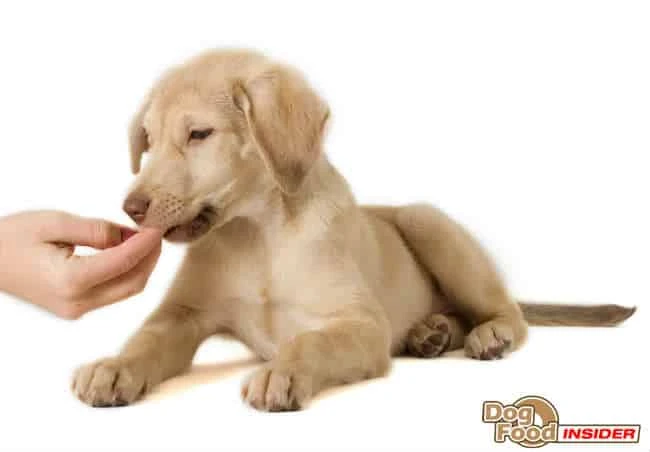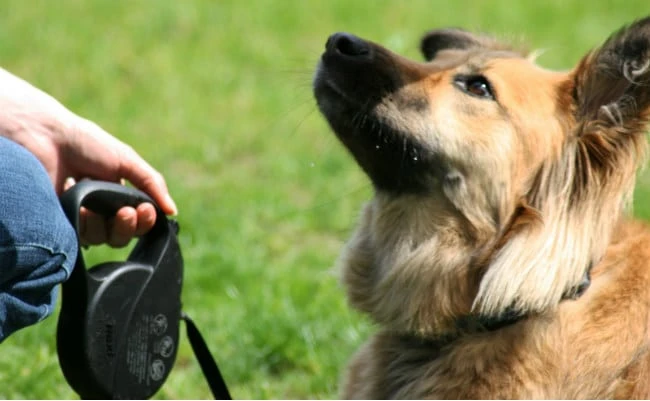How To Train Your Dog To Be Off Leash

One thing most new dog owners want to start working on right away with their dog is training their dog to be off leash. That’s exactly what we’re going to cover in this article. Knowing how to train your dog to be off leash is so critical to both your enjoyment and the enjoyment your dog gets to experience in life. A dog who can be properly trained to behave well off leash is a dog who can enjoy many more aspects of life with their owner.
Now, in order to properly teach your dog behave well off leash, you need to master the basics, first. You’ll need to teach your dog the basic obedience commands first, such as sit, stay, come, leave-it, etc. You also need to master on-leash behavior first. If you’ve already accomplished those things, congratulations! You’re ready to teach your dog how to behave well and listen while off leash! If you’re no there yet, don’t worry. Master the basics first, then attempt to train your dog off leash after that.
Below is a great video that helps to give you the basics of training your dog off leash:
Below are some of the “keys to success” for training your dog to behave well off leash. Assuming your dog has already mastered basic obedience training, you are ready to start.
Be Patient!
The first step is to train YOURSELF to be extremely patient. Some calm dogs are able to be trained very quickly off leash, but most dogs will take a while to learn how to behave off leash. The first 12 months you have a dog, you should be mostly focused on basic obedience and proper leash training. If your dog still pulls while walking on leash or your “come” command has less than a 90% success rate, you’re not ready yet. Once you do start to train your dog proper off-leash manners, that in itself can take months and sometimes more than a year. Your dog will have good days and bad, so just go with the flow and don’t get upset. We want to keep this a positive and fun experience for both you and your dog.
Start With A Tired Dog
Before any training session, it is good to start with a tired dog. What I like to do is take my dog for a nice long walk or a lengthy play session. After that, I let me dog calm down for about 30 minutes or so before I start the training session. Not only is my dog calmer due to the prior exercise, but the 30 minute break gives my dog time to let the excitement of a walk or play wear off. If you plan on doing any sort of training with your dog, it is important to exercise your dog EVERY DAY whether it’s hot, cold, rainy or snowy. I do understand in reality sometimes this isn’t possible, so for days you’re not able to adequately exercise your dog, I highly advise that you mentally exercise your dog through the use of dog puzzles. They work wonders to tire a dog out due to mental stimulation!
Portray Calm Energy
When you start a training session, you should have a calm yet positive demeanor. For example, if you’re about to go outside into the backyard to start a training session, don’t excite your dog first. Simply say in a calm and positive manner something like, “Come on, let’s go outside.” If you start off with a high amount of energy and get your dog too excited, your dog will not be able to think and make decisions as clearly as a calm dog would. That’s not to say training has to be boring. You just need to find that “sweet spot” and use enough positive energy to make things fun, but not so much energy that your dog gets too hyper. Every dog is different in this regard.
Use A 30ft Lead To Start
When you begin training your dog to be off leash, you should use a long 30ft leash which are available online as well as in just about any local pet store. You SHOULD NOT use one of the retractable leashes. Use a regular 30ft leash that is NOT retractable. The retractable leashes help to promote pulling on leash, which we definitely don’t want.
When you start training your dog on the 30ft leash, just let your dog explore the limits of the leash and get used to it. Make sure you don’t allow your dog to pull you around. You need to establish “dominance” in this situation. If your dog begins to pull on the leash, tell your dog to “come”. If your dog listens, be sure to praise your dog. If your dog does not listen, begin walking in the opposite direction your dog wants to go. In time, your dog will learn that pulling on the leash gets the opposite results than intended. After a while, you can start playing with your dog and using commands such as come, sit, stay, or leave it.
Once your dog is doing well on the 30ft leash in a comfortable area such as your back yard, take your dog to other places such as low traffic and low distraction parks. Once that goes well, you can go to more distracting environments. Then, repeat the process without a leash!
Have Treats Or A Toy Ready
It is very important to reward your dog for positive behavior. Make sure you have some very small but tasty treats available for your dog. For instance, if your dog is pulling on the 30ft leash and you say “come”, you want to be able to reward your dog if he or she listens. Some good treats are hot dogs, cheese, steak, liver, and cut up store bought training treats. The size only needs to be about the size of a pea. If your dog is not very food motivated, try a toy or something else your dog really likes.
Start With As Few Distractions As Possible
When you first start to train your dog off leash, you should use familiar environments such as your own property. Once things go well in that type of environment, you can move to a new territory your dog has never been to, but with very few distractions (no other dogs, very few people, etc.). From there, you can begin to explore slightly more distracting environments. If a dog is distracted or overly excited by the surrounding environment, it will be very difficult for you to train your dog. Distractions can only be added after low distraction areas have been mastered.
Slowly Work Into Leash Free Environments
Just because your dog acts well on the 30ft leash does NOT mean your dog will act well off leash. Many dogs will even act well at first, but soon discover that they can get away with things off leash. Many if not most dogs will need to go back to a 30ft leash at some point and you should be very cautious about where you first begin to take your dog off leash. Preferably, you should use a fenced area. If you find your dog begins to stop listening to you, it is important that you simply take it in stride and go back to using a 30ft leash. Remember, patience is extremely important here!
Don’t Make The Leash A Big Deal
Finally, you shouldn’t make it a big deal when you take your dog off the leash. Many dog owners will unlatch the leash and immediately let their dog run around and have a good time. The best thing to do is remove your dogs leash but retain control. Have your dog heel at your side for a period of time until you give your dog permission to run around. I personally use the word “break” with my dog. Even if I take off his leash, he will not move from my side until I say “break”. I also practice walking with him off leash so he gets used to obeying the “heel” command whether the leash is on or off.
Same goes for applying the leash. Don’t immediately call your dog over and put your dog back on leash. Your dog may begin to equate the leash with ‘no more fun!’. Instead, just call your dog over every so often to heal or sit next to you, then let them “break” again. You can even hook the leash up for a few seconds then take it right back off. That way, your dog will not equate the leash with anything bad.
Have FUN!
Once your dog is able to act appropriately off leash, you should take advantage of that! Teaching your dog to behave well off leash is something many dog owners never achieve. It takes a lot of work, patience, and trial and error. Once you reach the point where your dog behaves well off leash, take your dog everywhere you can! It’s a great way to bond with your dog and get the most out of your relationship.



